Pro Tip:
Bitter greens stand up to bold flavors and provide a strong backbone to build on. To provide balance, choose ‘add-ins’ that contrast bitterness by pairing bitter greens with naturally sweet ingredients like fresh or dried fruits.
Bitterness is often described as a sharp and sometimes unpleasant taste, but the presence of bitterness in food adds character and dimension to the foods we eat. Leafy greens can deliver varying amounts of bitterness that can change with the weather, season, variety and maturity at the time of harvest. Bitterness can be muted through cooking and can be balanced when paired with complementary flavors including salty, sweet and acidic.
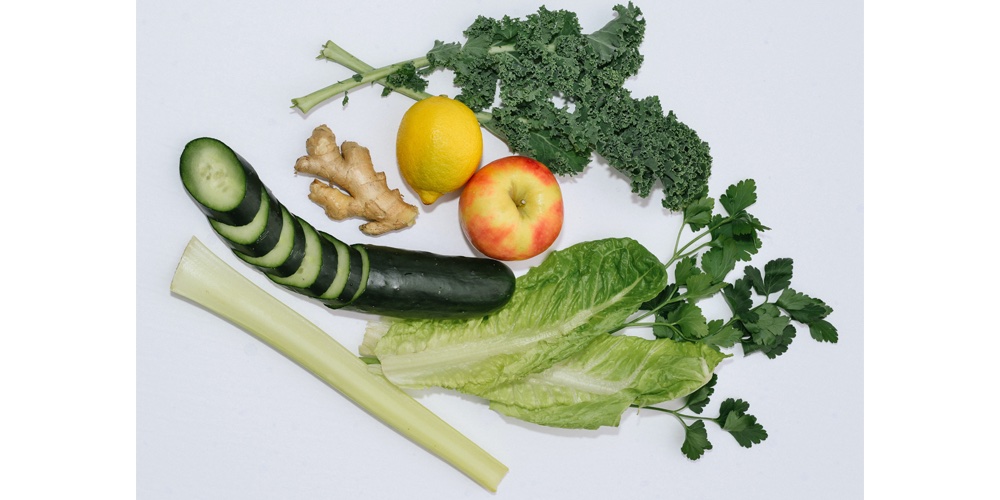
Bitter greens stand up to bold flavors and provide a strong backbone to build on. To provide balance, choose ‘add-ins’ that contrast bitterness by pairing bitter greens with naturally sweet ingredients like fresh or dried fruits.

Popeye wasn’t wrong. Spinach is well known for its impressive nutrient content that will work to help to strengthen you and your immune system. Spinach leaves are sweet and tender when harvested early. Larger, more mature leaves are less tender but will still be sweet and mild. Not technically a lettuce, spinach is a member of the amaranth family and is more closely related to beets and chard. Spinach is very versatile and can be cooked, added to many dishes or eaten raw.
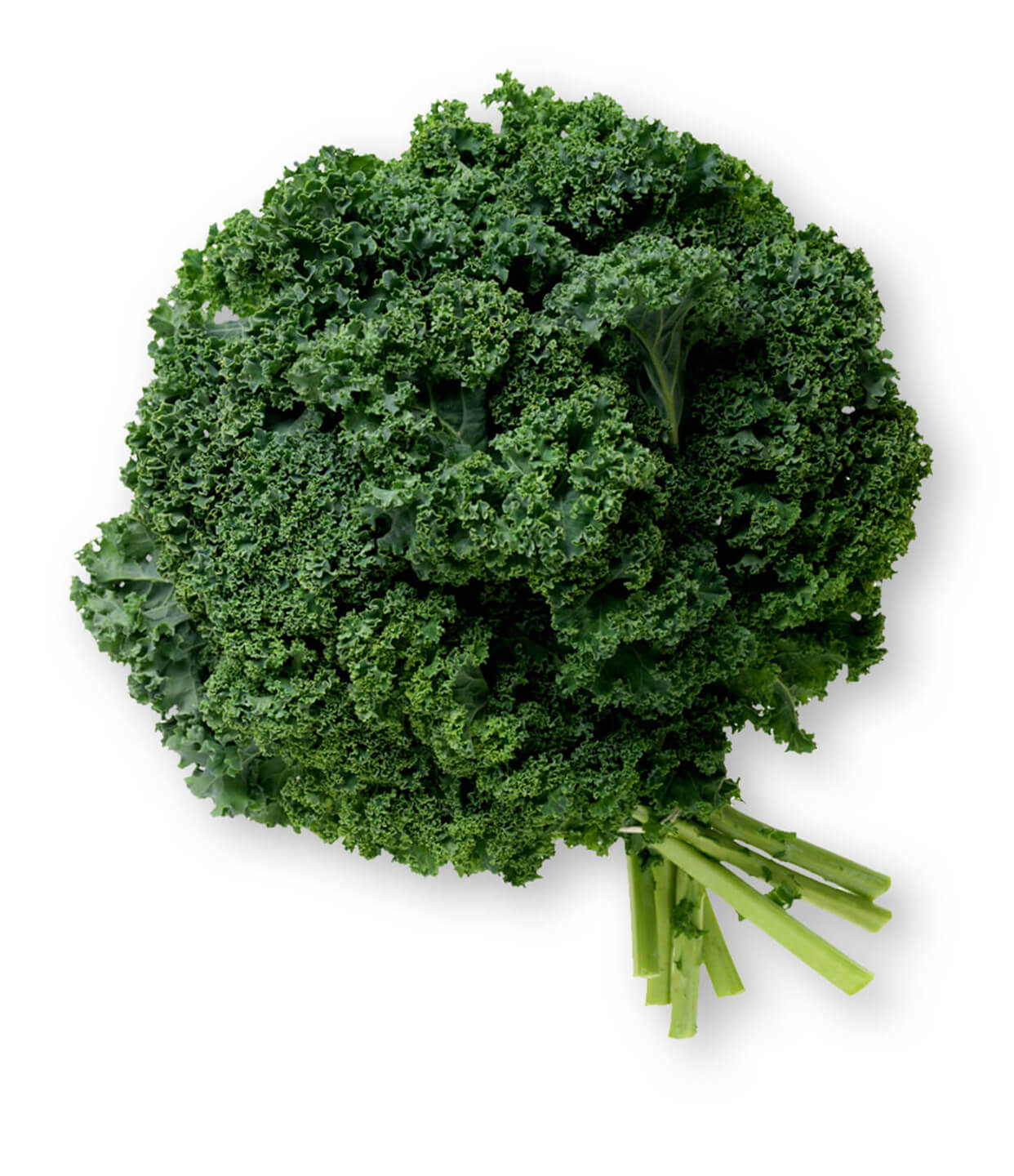
Kale is a member of the cruciferous brassica family along with broccoli, Brussels sprouts, cabbage and cauliflower. This nutrient-dense, dark leafy green has a slightly bitter or peppery bite when raw. Kale comes in several types from Lacinato to more tender baby kale. Each variety has its own texture, color, and flavor – all are loaded with antioxidants, vitamins A, K and C along with other nutrients like fiber. In fact, kale has 50% more potassium per calorie than a banana.
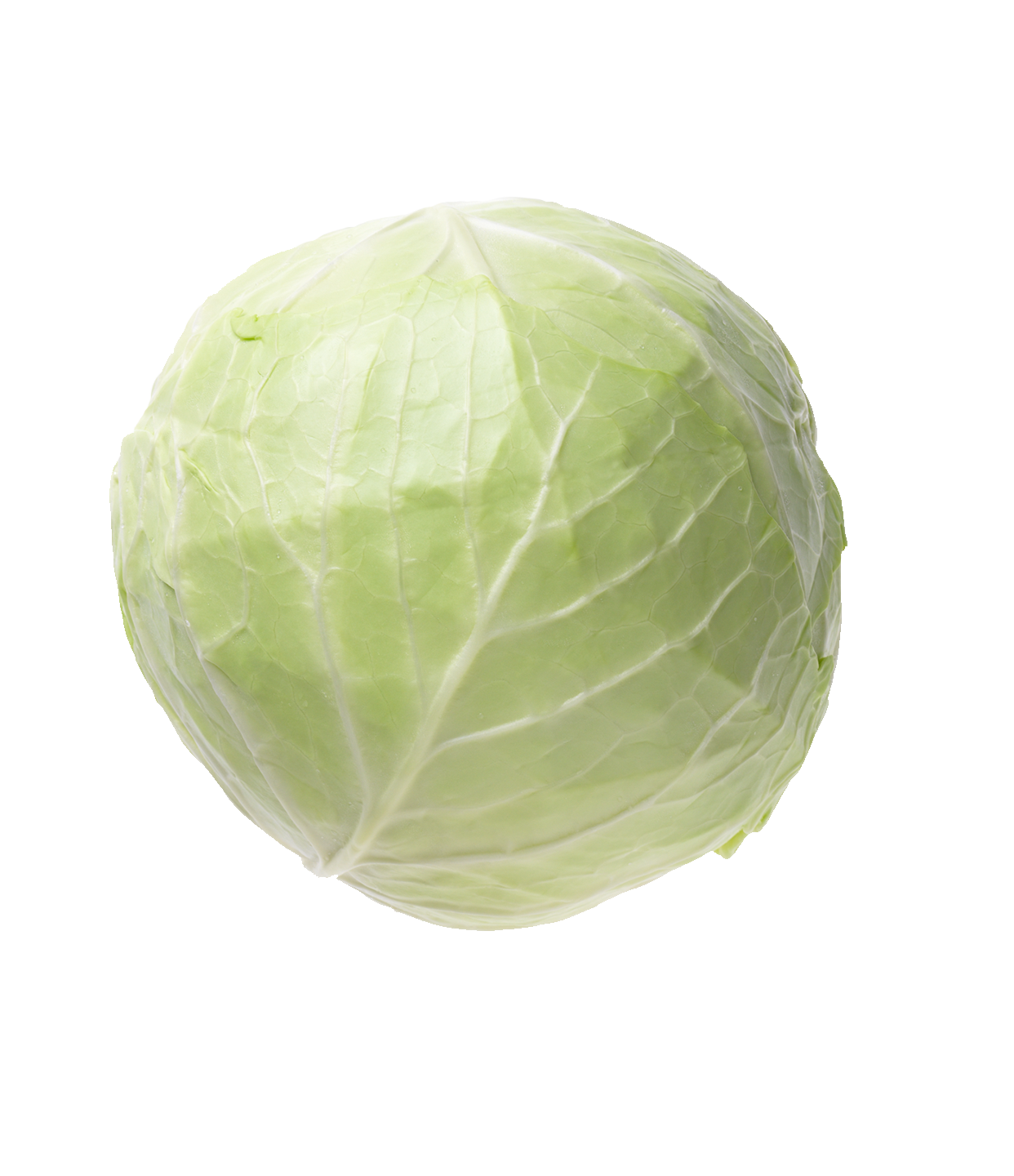
Green cabbage belongs to the ‘cole crop’ or brassicas family and is closely related to broccoli, cauliflower and Brussels sprouts. Cabbage is normally a dense-leaved head. It is the key ingredient in one of our most iconic salads — coleslaw — but cabbage is so versatile it can also be sauteed, braised, stewed, steamed or even grilled.
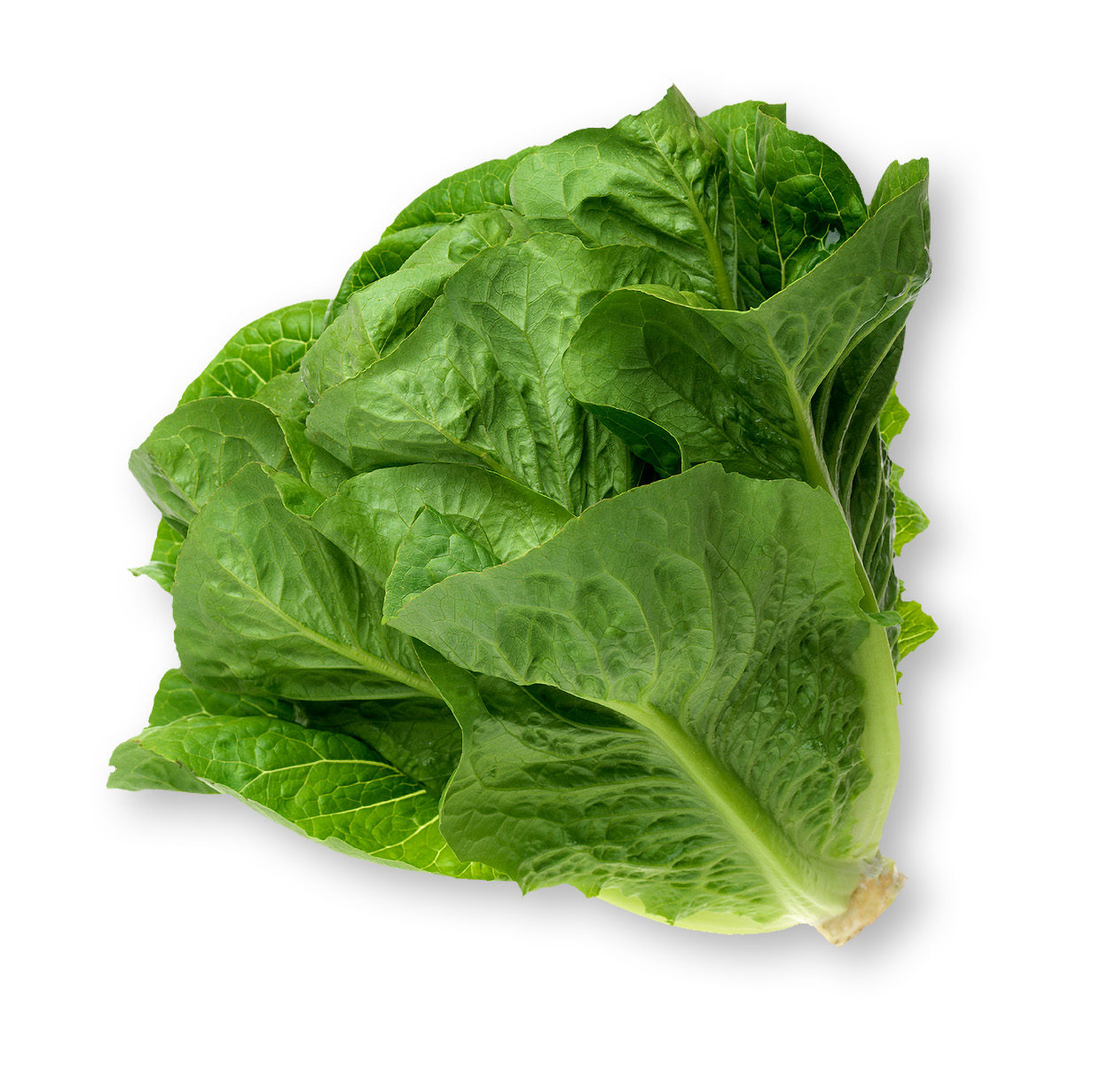
The star of Caesar salad and one of the most popular of all lettuces, Romaine is versatile and has a crispy mild, sweet flavor. It is #2 lettuce type in terms of volume consumed in the U.S. and is particularly popular in restaurants. It’s crisp with a mild, sweet flavor.
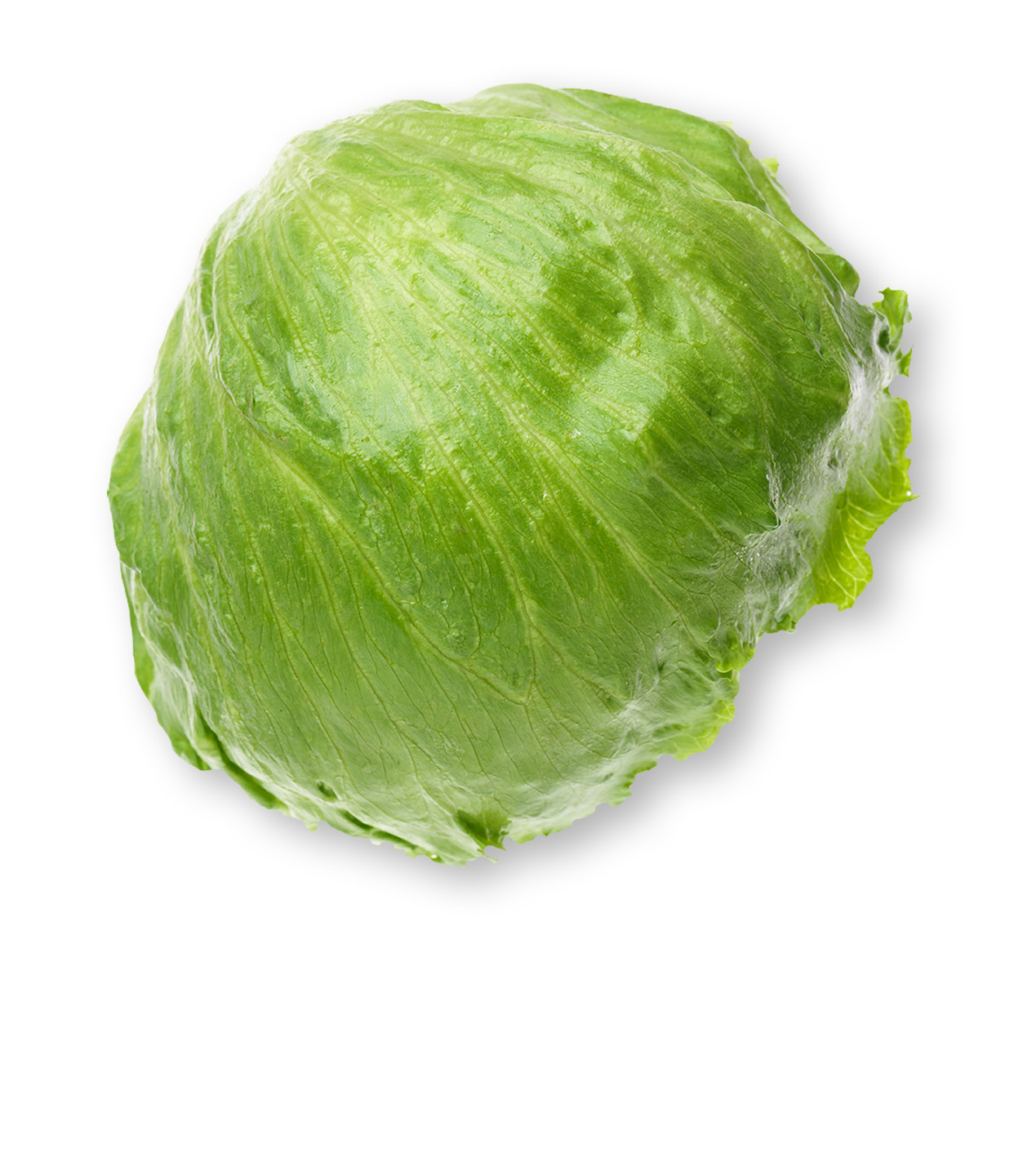
Known for its mild flavor and firm, crunchy texture, iceberg lettuce is great for salads, shredded in snacks, as a garnish and on sandwiches. Like romaine, green, butter and red leaf lettuces, iceberg is a member of the asteraceae family and is actually related to the daisy. Often thought to be lacking in nutrient content, iceberg is a good source of vitamin K and has folate. It holds up well in storage and can be less expensive than other types of lettuce. It’s also the star of one of the greatest salads of all time – the Wedge.